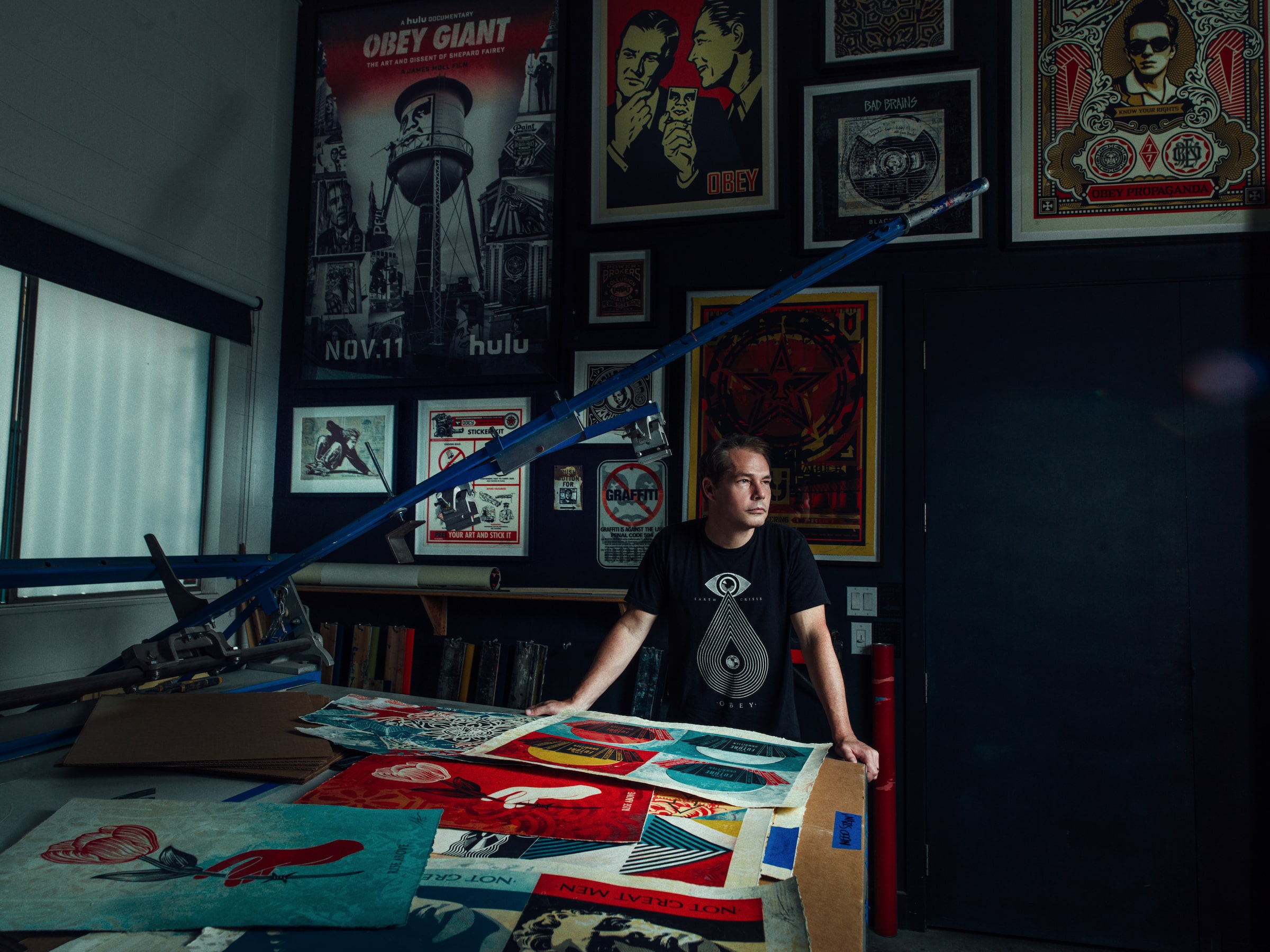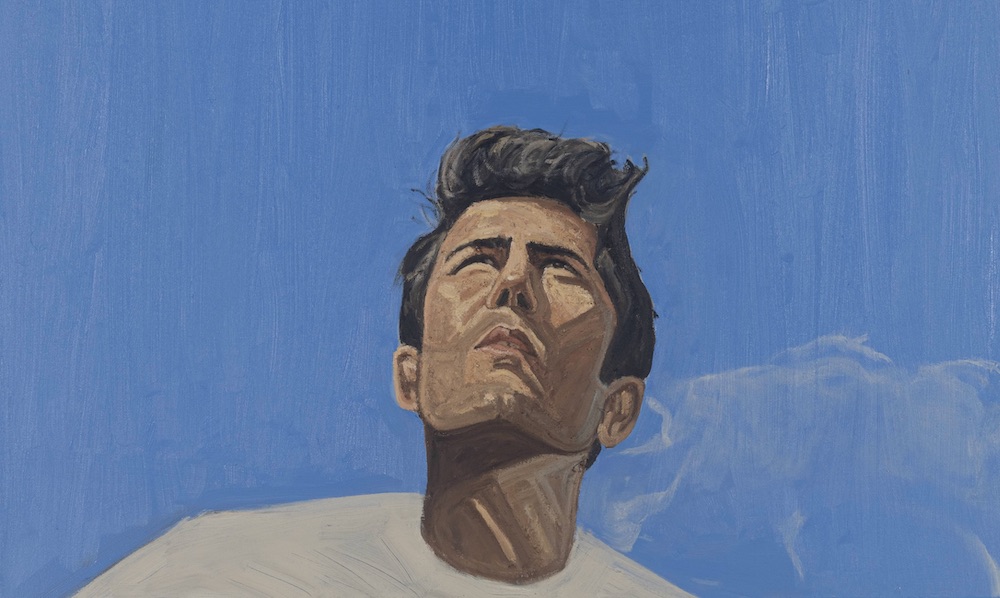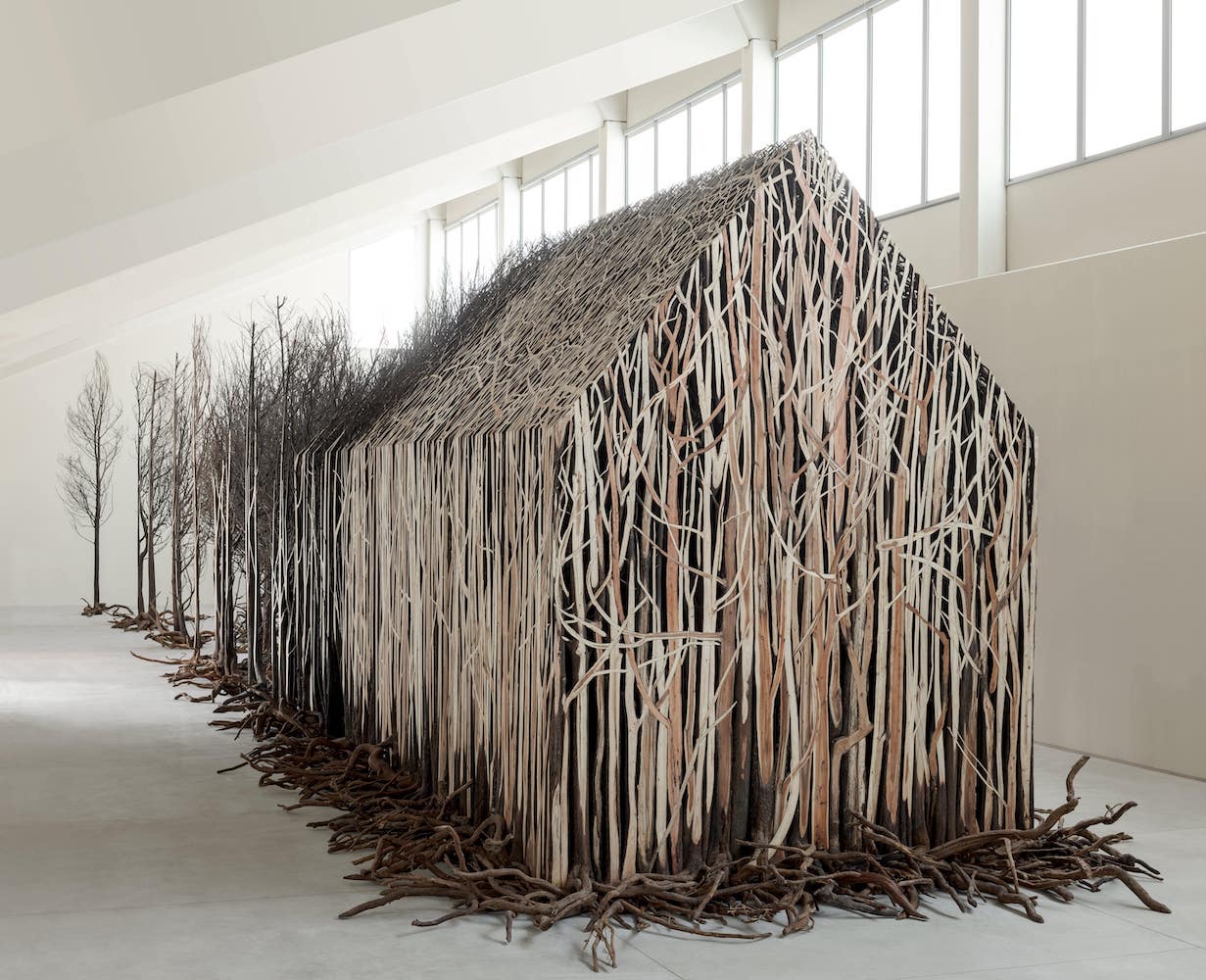The gallerist promotes Cuban artists while navigating Havana’s complex art world.
About 15 years ago, Christian Gundin was introduced to the contemporary art world of Havana by his uncle, a digital artist and graphic designer. At first, he began meeting with artists, relating to their work and interests, and acquired his first pieces. While supporting emerging talents through collecting, he found himself tied to young artists and their creative processes, wanting to promote them in the country, as well. To expand his patronage, he created the gallery El Apartamento in April 2015 as a project for the 12th edition of the Havana Biennial.
Currently on view at the gallery is “El Gran Chef” by Rocío García. Whitewall spoke with Gundin about navigating Havana’s complex contemporary art scene.
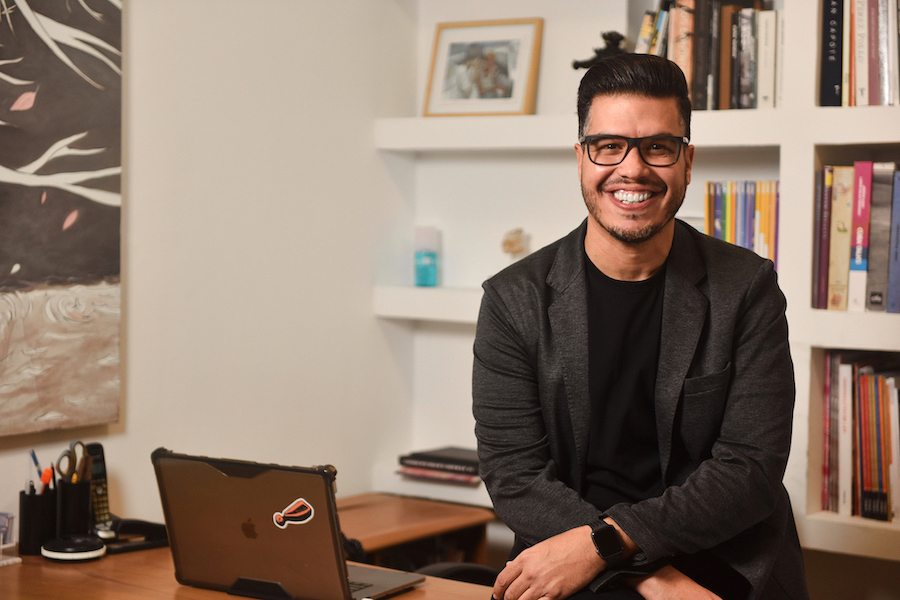
Christian Gundin, portrait by Luis Mario Gell.
WHITEWALL: Each exhibition presented at El Apartamento is unique, and not affixed to a recurring theme or focus. What are you typically interested in presenting?
CHRISTIAN GUNDIN: We are interested in listening to what art and its processes have to say about the here and now. We are also interested in the curators we have invited and their points of view. If we had to talk about any constant, they would be our commitment to the most contemporary works, those which know how to reinvent themselves and break away from the commonplace.
The process of rapprochement, empathy, dialogue, and joint work is totally fluid and is built on the specific understanding of, and respect for, each author and their work. It is a very varied group that includes painters, photographers, video artists, sculptors, and multidisciplinary artists.
WW: How has your curatorial eye evolved since you opened the gallery in 2015?
CG: I have tried to broaden the gaze around the different discursive and aesthetic strategies developed in the universe of contemporary art while deliberately focusing on the processual complexity of the personal poetics of the gallery’s artists. It is a contradictory operation of enlargement and withdrawal that, nevertheless, fulfills the objective of enriching the cultural bet of our project.
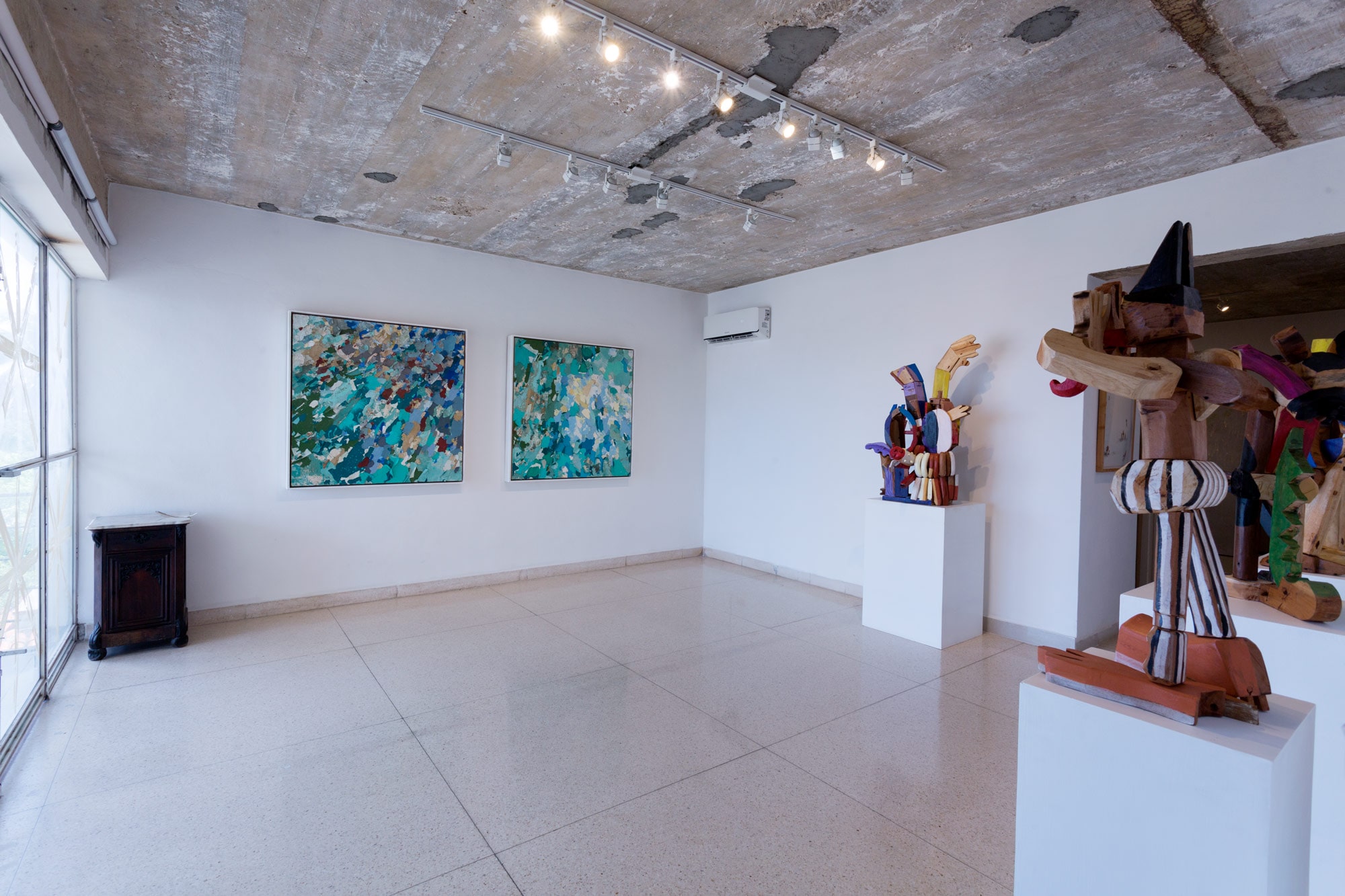
Courtesy of El Apartamento.
WW: Havana has seen much change over the past few years. Is it important to you to reflect the changes the city has seen, for both locals and visitors alike?
CG: The country has been facing a series of essential changes in the last two or three years. I am speaking, above all, of changes in citizenship and its ways of understanding its civic role in nation-building. This has clear repercussions in all areas of local life, with a special emphasis on cultural production. It has also contributed to the increase of institutional censorship, a fact that, together with the precariousness of the national economy, has led many artists to leave the country.
Our project participates in this collective synergy for a renewal of the look and feel of Cubans. Together with artists and other cultural agents, we are part of the process of rethinking the country, and for us, this means supporting, more than ever, the Cuban art that is made on the island and following the intellectual debates that take place inside and outside the art world.
“Cuban reality is full of contradictions and diverse layers of meaning.” —Christian Gundin
WW: You mentioned the greatest challenge of operating a gallery is surviving in the “complex Cuban reality.” How would you describe that reality?
CG: Cuban reality is full of contradictions and diverse layers of meaning; it is a world in which many worlds are inserted. Alongside the centralization of the island’s political and economic life, some impulses run off in much more autonomous directions. I am thinking, for example, of the very rich cultural and intellectual life that is characteristic of our country. I am also thinking of the many individual management initiatives that are keeping the government monopoly at bay.
In any case, the main challenge of El Apartamento in this complex context that is Cuba today has been to try to build its voice amid a scenario in which the discourse is almost entirely in the hands of the state.
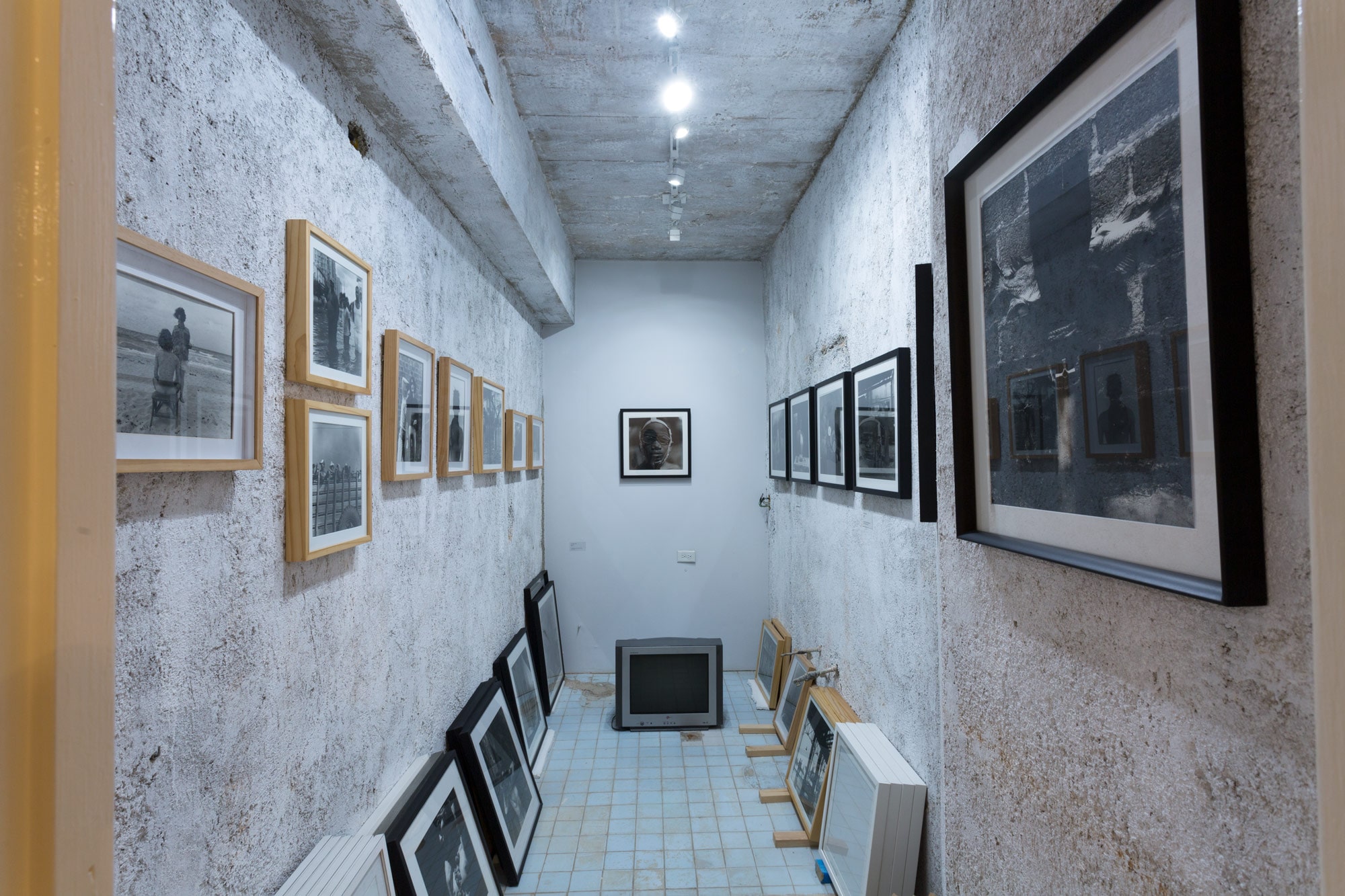
Courtesy of El Apartamento.
WW: What challenges does El Apartamento specifically face that galleries in other cities or countries may not encounter?
CG: Despite being a Cuban gallery, El Apartamento faces many of the challenges faced by similar projects in other geographical spaces. On top of that, the pandemic has made labor development in the physical headquarters in Havana even more precarious. In this sense, we have had to reinvent ourselves by revaluing much more punctual and effective actions such as art fairs, exploiting the channels of virtual socialization to shift the visibility of the project to the territory of the Web and promoting much more collaborative work with other projects, curators, and guest artists.
WW: What’s in your personal art collection?
CG: The very perspective of the collecting exercise has been mutating hand in hand with my management as a gallery director. My current collection comprises around forty names that I consider essential within the historiography of Cuban art. Some of those names, and without necessarily implying a hierarchy of affections and links with the works that make up the collection, are those of Flavio Garciandía, Eduardo Ponjuán, Raúl Cordero, Carlos Garaicoa, and Diana Fonseca.
WW: Where do you hope the future of contemporary Cuban art is?
CG: I sincerely hope that the future of Cuban contemporary art—and culture and society in general—is positioned in the territory of freedom and creative autonomy. Within these margins fit all visions of possible futures.
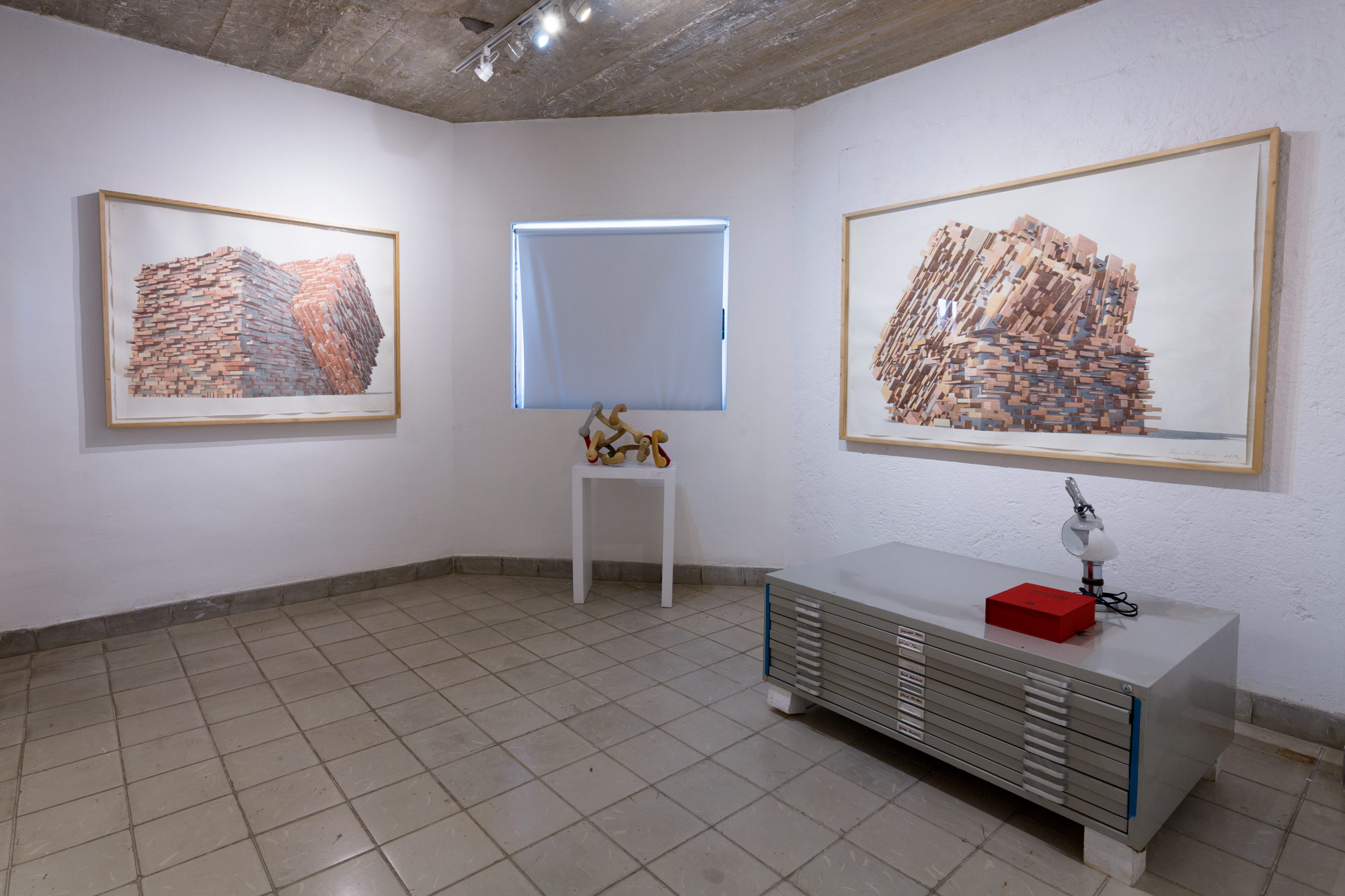
Courtesy of El Apartamento.





